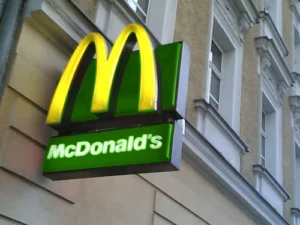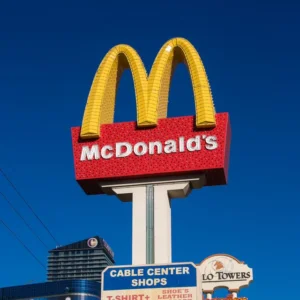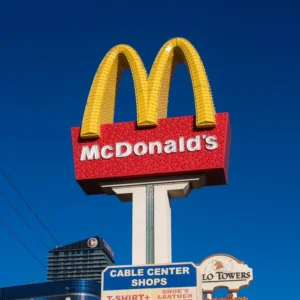In the face of public protest and mounting worries regarding the escalating cost of fast food, McDonald’s recently revealed a notable 14% rise in revenue, reaching an astounding $6.69 billion. This information has sparked a heated discussion among economists, industry insiders, and consumers alike.
This conversation started because of a popular TikTok video posted by well-known influencer Christopher Olive, who has over 400,000 followers. Olive expressed his disappointment in his video after learning that he had to pay a whopping $16 for what ought to have been a typical McDonald’s “happy meal.” Many saw this episode as a wake-up call, which led to a closer look at the causes influencing the price increase.
The

McDonald’s staunchly defended its pricing approach in the face of criticism. The franchise notes that despite the general increase in costs, it still offers a variety of promotions and discounts through its mobile app, giving customers chances to save money. But for many consumers, like Ohioan Anne Arroyo, these discounts don’t quite make up for their annoyance at what they see as a discrepancy in pricing between the advertised “dollar menu” and the real menu items.
Arroyo’s

McDonald’s profits is still rising despite the criticism and charges, in part because of the increased menu prices. This emphasises how popular McDonald’s items are, even if they may put a strain on customers’ finances. It also calls into question the franchise’s pricing strategy’s long-term viability and its effects on customers and the larger fast-food sector.
